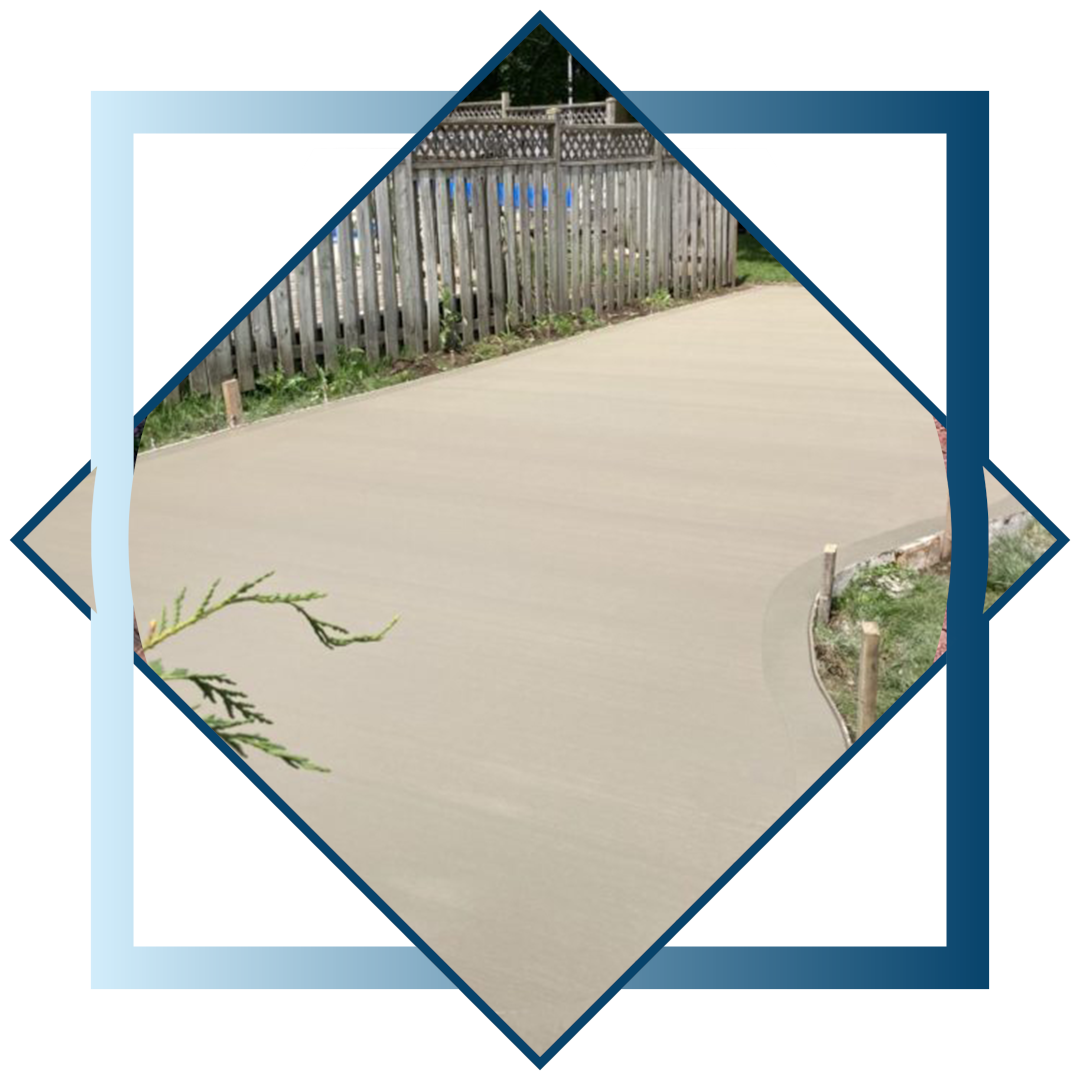Average concrete is commonly made by blending OPC with water, in the visibility of fine and rugged accumulations (e.g., sand and crushed rock particles). Cement is described as a cementitious or hydraulic material that is made up of an inorganic material (or a mix of inorganic materials) "that establishes and sets by chemical reaction with water and is capable of doing so under water" [2] According to ACI Concrete Terms [1], concrete is "any of a variety of products that can binding accumulated bits with each other." The paste is made of concrete that sets with water. Cement paste consists of a solidified mixture of hydration items, bound and cost-free water, and perhaps various other materials and unreacted cement. As soon as in position, concrete offers a fantastic energy efficiency over the life time of a building. [106] Concrete wall surfaces leakage air much much less than those made from wood frameworks. [107] Air leak make up a large portion of energy loss from a home.
- It results in a material with considerably boosted stiffness and toughness, as well as giving all the benefits of CMS.
- Whether it's to regulate shrinking, isolate sections, or fit thermal expansion, the selection and implementation of the ideal type of joint are vital for making certain the longevity and longevity of concrete frameworks.
- A composite section where the concrete stands up to compression and reinforcement "rebar" resists stress can be made into almost any type of sizes and shape for the building and construction sector.
- However, when it comes to concrete cover thickness equal to 90 mm, the likelihood boosts to 5%.

Since this method recycles shabby roadway surfaces, it is both economical and environmentally friendly. Cement-modified dirt (CMS) is a mix of soil, water, and a percentage of cement. This produces a product that is easier to deal with and less affected by wetness compared to neglected soil. A mix of aggregate and concrete with much less cement than regular concrete, lean concrete base is made use of to produce a solid base layer. Pervious concrete is an unique sort of concrete with big openings http://elliotvauc332.wpsuo.com/concrete-formwork-and-foundation-pouring-experts-near-you-concrete-driveways that permits water to go through, helping in stormwater administration. Use pervious concrete is amongst the very best Administration Practices recommended by the EPA and various other companies for the administration of stormwater runoff.
Materials
The last component of step-wise building and construction is the slab, which rests on top of the footings and in between the foundation wall surfaces. Commonly, this slab is your subfloor or basement flooring and is constructed out of concrete. Rust of concrete is a complex trouble that creates a range of financial and utilization issues. Understand what are its reasons and just how to prevent corrosion of steel in concrete.
What is kind 2 building?
Type II Building: Non-Combustible
Like Type 1 structures, Type 2 structures consist of non-combustible walls, dividings, columns, floors, and roofings. Though these structures commonly consist of fire reductions systems, they are rarely shielded with fire-resistive finishes and are susceptible to collapse.

Layout Mix
From this number, one can establish whether the chloride assaults the concrete from the outdoors, or whether it is inside, from concrete parts like accumulation, water, or others. Note that the approaches of repair and the protection methods are entirely different. Keep in mind that the value of wave rate inside the steel is two times more than the speed worth inside the concrete. Consequently the support steel bars inside the concrete participant will absolutely affect the precision of the analysis, as they will certainly give a greater value for the wave impulse rate.
Clever Materials And Modern Technologies For Sustainable Concrete Construction
Curves of size distribution (differential curves) for numerous kinds of concretes are reported by [13] Nearly 95% of cement bits have sizes smaller sized than 45 μm and their ordinary size is about 15 μm [12] Liu et al. [10] reported a bit size of 13 mm for Type I cement by utilizing a laser particle size analyzer. The particle size influences the response rate of cement hydration (see Area 1.3).